Seraph of the end Tome 23
Extraits

Histoire de France
The Borders of Schengen
09/1993
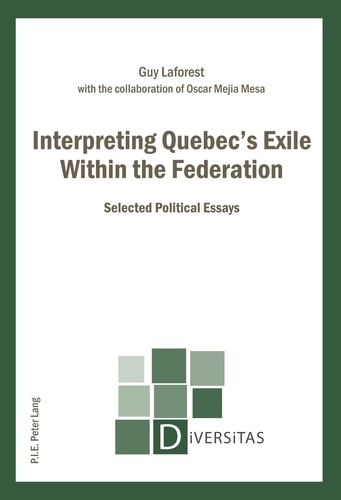
Philosophie
Interpreting Quebec’s Exile Within the Federation. Selected Political Essays
12/1986
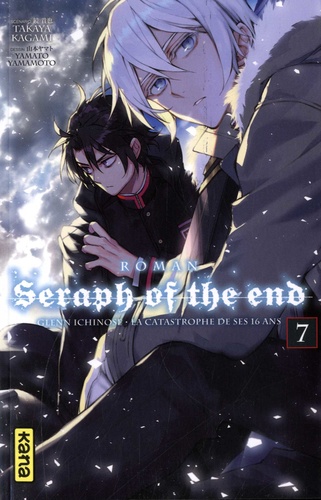
12 ans et +
Seraph of the end - Glenn Ichinose, La catastrophe de ses 16 ans (roman) Tome 7
08/2019
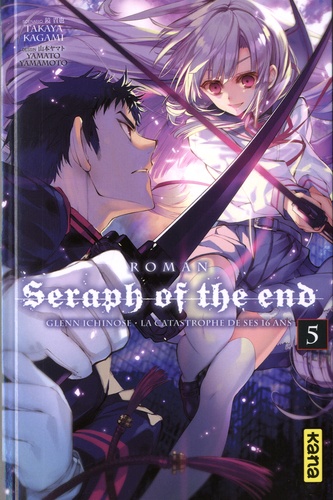
12 ans et +
Seraph of the end - Glenn Ichinose, La catastrophe de ses 16 ans (roman) Tome 5
11/2018

12 ans et +
Seraph of the end - Glenn Ichinose, La catastrophe de ses 16 ans (roman) Tome 4
06/2018

Art contemporain
Hassan Khan. Catalogue de l'exposition, Edition bilingue français-anglais
03/2022

Lecture 6-9 ans
L'énigme du sabre. Edition bilingue français-anglais
06/2018
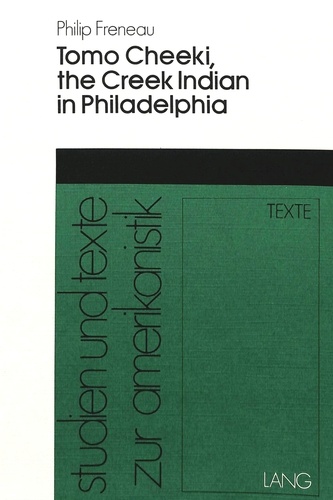
Non classé
Philip Freneau- Tomo Cheeki, the Creek Indian in Philadelphia
12/1987
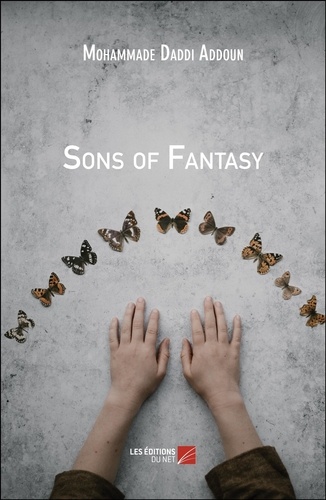
Littérature française
Sons of Fantasy
08/2018
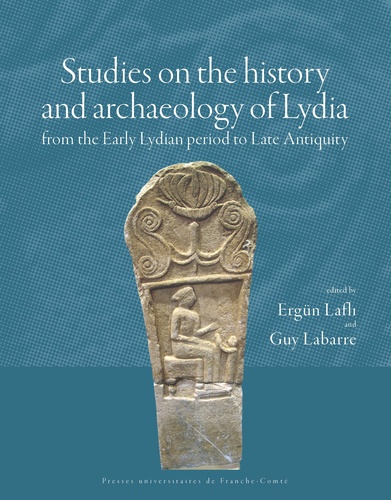
Archéologie
Etudes sur l'histoire et l'archéologie de Lydie de la période proto-lydienne à la fin de l'Antiquité. Textes en français et anglais
02/2023
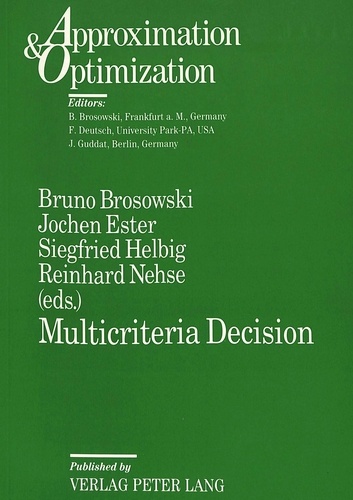
Non classé
Multicriteria Decision
02/1993

Informatique
Flash .Net. Dynamic content for designers with Flash remoting MX and ASP.NET
11/2002
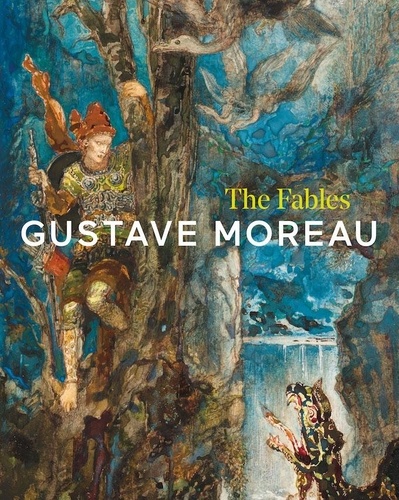
Monographies
Gustave Moreau. The Fables
08/2021
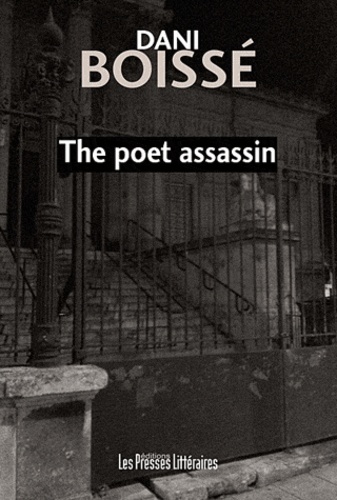
Policiers
The poet assassin
05/2012

Mouvements artistiques
The Artist Helen Coombe (1864–1937). The Tragedy of Roger Fry's Wife
11/2023
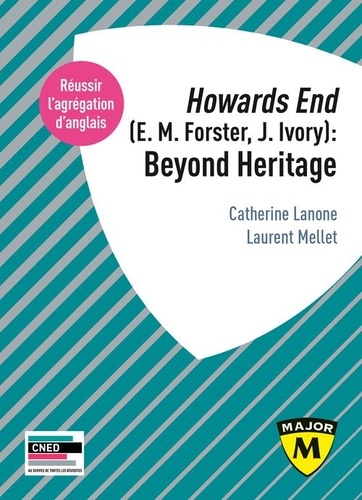
Anglais apprentissage
Agrégation anglais. Howards End (E. M. Forster, J. Ivory) : Beyond Heritage. Edition 2021
10/2019

Beaux arts
New worlds
10/2012
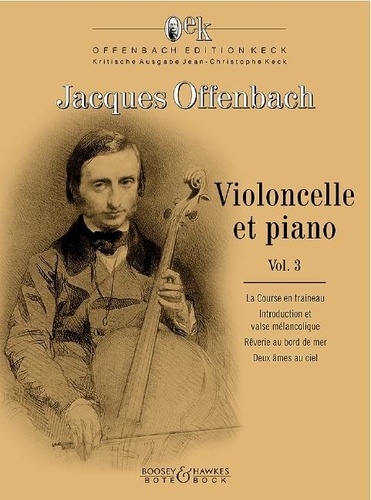
Musique classique
Violoncelle et piano, Vol. 3. Le Course en traîneau, Introduction et valse mélancolique, Fêverie au bord de mer, Deux âmes au ciel
07/2024

Militaire
GOLD, Objectif Bayeux
03/2023
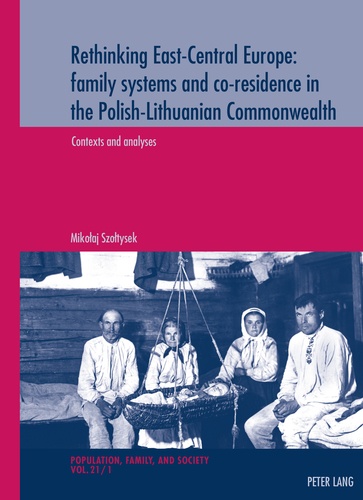
Non classé
Rethinking East-Central Europe: family systems and co-residence in the Polish-Lithuanian Commonwealth
01/2016

Histoire ancienne
THE ROMAN CAVALRY. From the First to the Third Century AD
01/1992
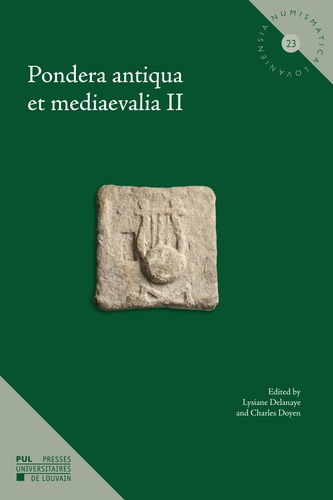
Histoire ancienne
Pondera antiqua et mediaevalia II
01/2023

Mouvements artistiques
Look Close, Think Far. Art at the Ackland
08/2022
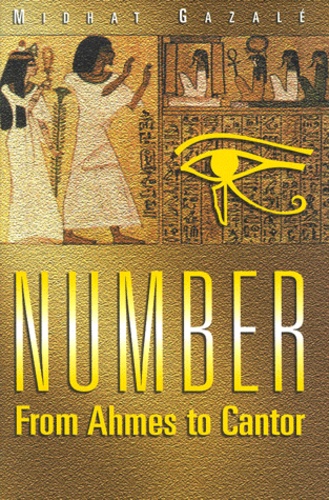
Histoire et Philosophiesophie
Number from Ahmes to Cantor
01/2000

Tourisme étranger
Moroccan tracks Volume 11. The sagho djebel
08/2022
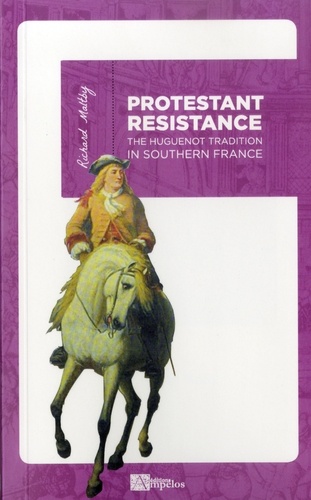
Histoire de France
Protestant resistance (version poche)
07/2018
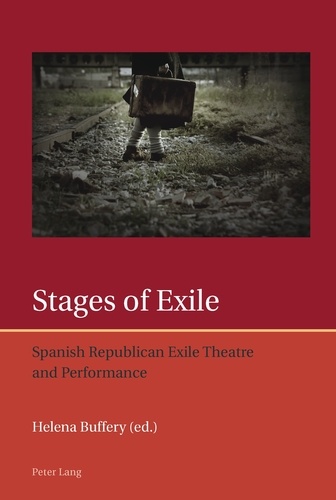
Non classé
Stages of Exile
09/2011

Beaux arts
Grotesques. Fantasy Portrayed, édition bilingue anglais-néerlandais
08/2019

Droit
Transport and Risk Communication
09/1997

Histoire de la philosophie
Advanced Course in Yogi Philosophy and Oriental Occultism
10/2022
